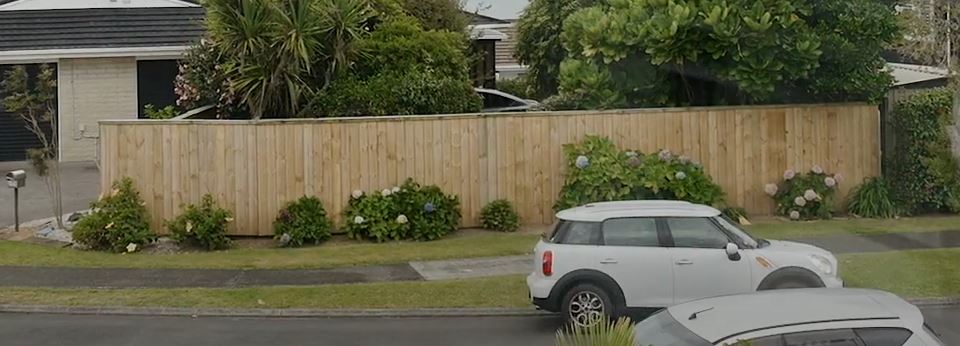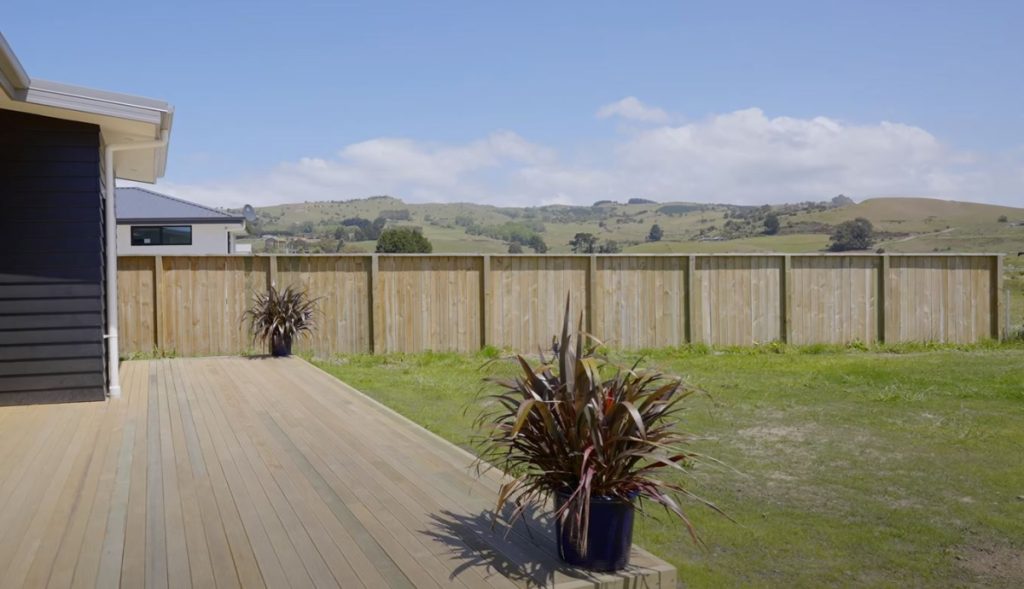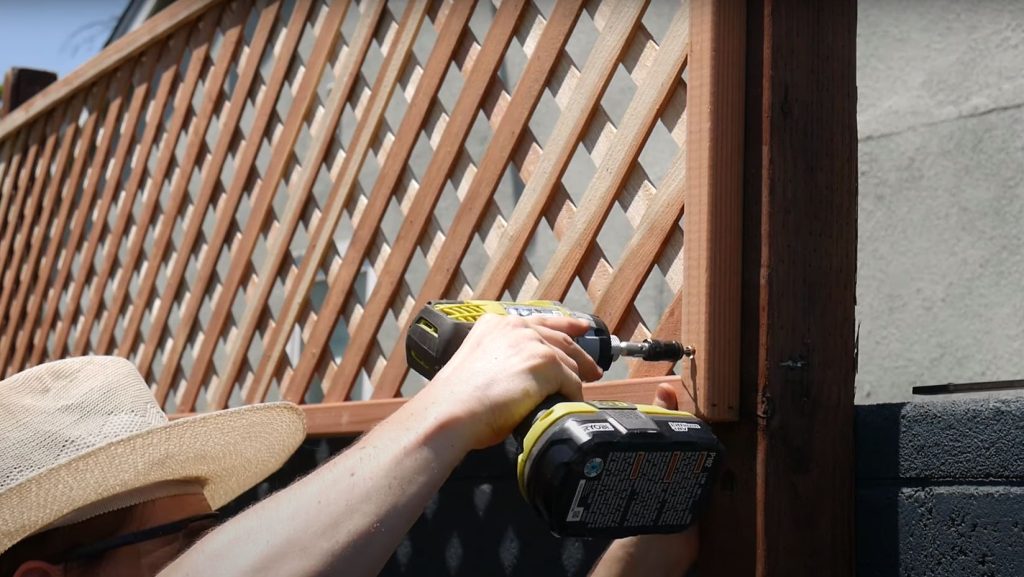Knowing the Waikato Regulations
Every region in New Zealand has its distinct regulations, and Hamilton, located in the heart of the Waikato region, is no exception. Before building a fence, familiarise yourself with the local zoning and building laws. Local councils in Hamilton often have detailed guidelines on boundary fences, including heights, materials, and how far they should be from property lines. Consulting these is the first step to a hassle-free project.
The Common Law Principle
Under the Fencing Act, neighbours typically share equal responsibility for the “adequate” fencing on their property boundaries. However, ‘adequate’ can be subjective. For example, a simple paling fence might be deemed sufficient for a quiet cul-de-sac in Rototuna, but a more robust fence could be necessary for properties adjacent to busy streets in Frankton. If you want to know more on this you can also read here consumer.org.nz/articles/fencing-law
Fencing Types and Their Proximity Considerations
Different fences have various purposes, and your choice might affect how close you can build to the property line.
- Privacy Fences: Generally higher and may require being set back slightly further from property boundaries, especially if they obstruct neighbours’ views.
- Picket Fences: These are more decorative and usually can be constructed closer to the property line.
- Security Fences: Might incorporate features like barbed wire. Local guidelines might stipulate how close such features can be to adjacent public spaces, especially in areas like Dinsdale.
- Sound Barriers: Designed to reduce noise, these fences might have height regulations, especially if adjacent to roads or commercial areas.
Talking to the Neighbours
Regardless of the guidelines, a good fence makes for a good neighbour. Before construction, have a conversation with adjacent property owners. This not only ensures a smoother process but can also lead to shared costs and design collaboration. Maybe you both fancy a similar design, or perhaps your neighbour in Hillcrest has a specific plant they don’t want overshadowed. A little dialogue can go a long way.
Safety Concerns in Fencing Construction
Building a fence, while seemingly straightforward, comes with its set of hazards:
- Digging Post Holes: Always check for underground utilities. Hitting a water line or, worse, an electrical cable can be catastrophic.
- Materials Handling: Heavy timber, metal posts, and concrete can lead to strains and injuries if not handled with care.
- Tool Safety: From post-hole diggers to nail guns, the tools required for fence building demand respect and proper handling.
Considerations for Exceptions
In some cases, you might need to deviate from the standard rules:
- Heritage Properties: If you’re lucky enough to own a heritage property in Hamilton East, specific rules about fencing might apply to preserve the historic character.
- Natural Features: Properties adjacent to natural features, like streams in Claudelands, might have additional considerations to ensure environmental protection.
Hiring Professionals: Quality Fencing Hamilton
Building a fence, especially considering regulations, neighbourly concerns, and safety aspects, can be complex. Quality Fencing Hamilton offers expertise, ensuring your fence is not only compliant with local regulations but also serves its intended purpose and enhances the aesthetic appeal of your property. Plus, with a professional team, many of the risks associated with DIY projects are significantly reduced.
Final Thoughts
Erecting a fence in Hamilton involves a combination of understanding local laws, considering the type of fence, communicating with neighbours, and prioritising safety. While it’s feasible as a DIY project, many Hamiltonians find the expertise and peace of mind provided by professionals professional fence builders like Quality Fencing Hamilton to be invaluable. With the right approach, your fence can be both a functional addition and a feature that elevates the beauty of your property.
Frequently Asked Questions:
How close to the property line can I generally build a fence in Hamilton?
In Hamilton, like much of Waikato, regulations can vary based on the specific area and type of fence. It’s essential to consult the local council’s guidelines, but typically, boundary fences are built right on the property line shared with a neighbour.
Are there height restrictions for fences in Hamilton?
Yes, height restrictions often apply, especially for front yard fences and those near intersections, where visibility is crucial. Local regulations provide specific measurements, which can differ based on the fence’s location and purpose.
Do I need to discuss the fence with my neighbour?
While the Fencing Act indicates shared responsibility, it’s good practice and neighbourly courtesy to discuss any fencing plans. Open communication can prevent disputes and often leads to collaborative solutions.
What if I want a fence that doesn’t align with local regulations?
In cases where you desire a fence that doesn’t align with standard regulations, you might need to apply for a special permit or dispensation from the local council. Ensure you obtain the necessary permissions before starting the construction.
How do natural features affect my fencing plans?
Natural features, like streams or significant trees, can impact where and how you build a fence. Specific regulations are in place to protect the environment, especially in areas with these features. Before construction, it’s crucial to understand any restrictions or guidelines that apply.
Is DIY fencing a good idea?
While DIY can be cost-effective, fencing requires a solid understanding of regulations, safety protocols, and construction techniques. For those unfamiliar, errors can be costly in terms of both time and money. Hiring professionals, like Quality Fencing Hamilton, can offer peace of mind and expertise.
Are there additional rules for heritage properties?
Yes, heritage properties, especially in areas like Hamilton East, might have specific fencing guidelines to maintain the area’s historical character. Owners should consult local heritage committees or councils before planning a fence.
Key Takeaways: Building Fences Near Property Lines
- Local Regulations are Crucial: Hamilton and broader Waikato have specific regulations governing fence construction near property lines. Always consult local guidelines to ensure compliance.
- Height Restrictions Apply: Especially relevant for front yards and intersections, height limitations ensure safety and visibility.
- Communication Prevents Disputes: Engage in discussions with neighbours about fencing plans. Collaboration can prevent potential disagreements and lead to mutually beneficial solutions.
- Natural Features Impact Construction: Whether it’s a tree or a stream, natural elements can influence where and how you can build your fence. Adhering to regulations ensures environmental protection.
- Expertise Matters: Given the complexities and nuances of fencing regulations and the importance of quality work, hiring experts, such as Quality Fencing Hamilton, can save both time and potential costs.
- Heritage Properties Have Unique Requirements: Those located in historical zones or owning heritage properties might face additional fencing stipulations to preserve the area’s character.
By staying informed and seeking professional guidance from Quality Fencing Hamilton, Hamiltonians can ensure their fences are both compliant and well-constructed.




